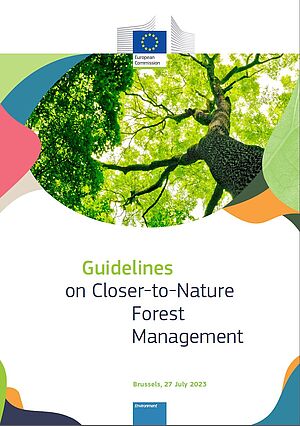
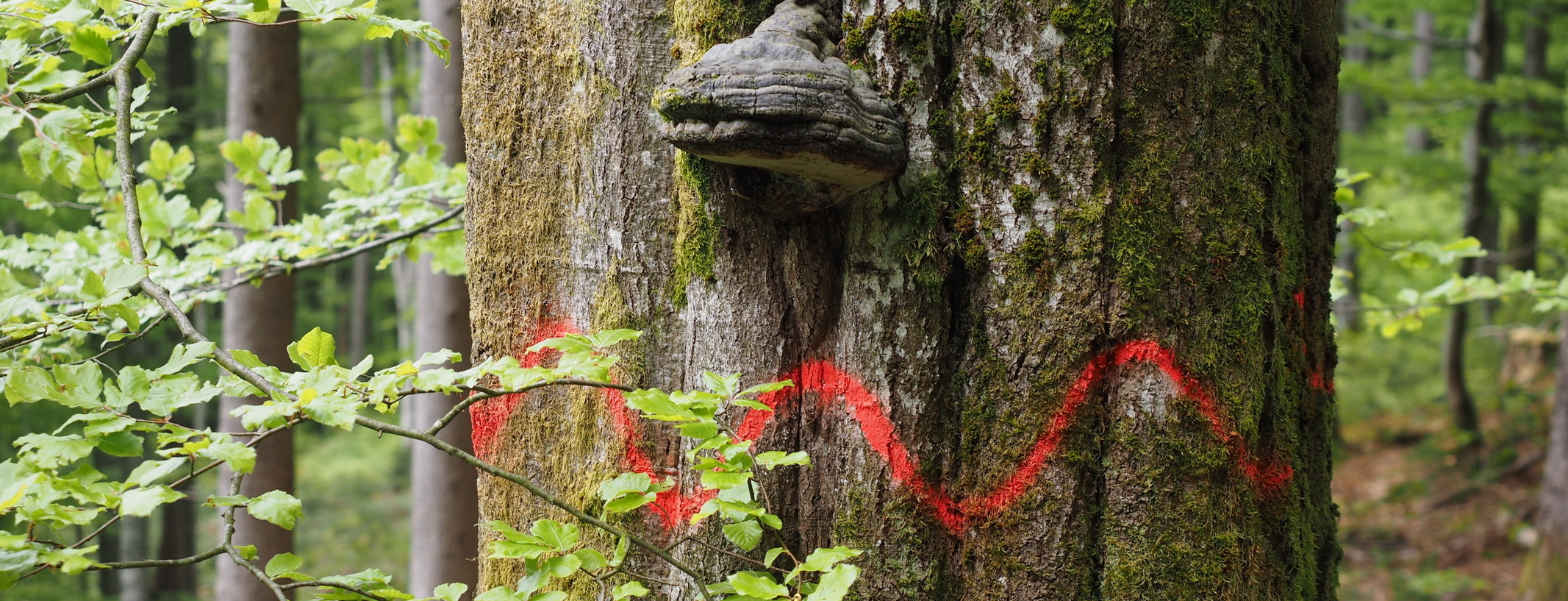

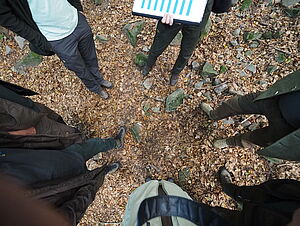
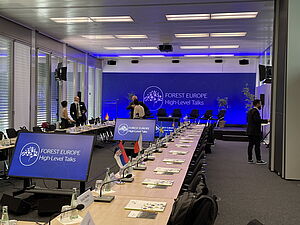
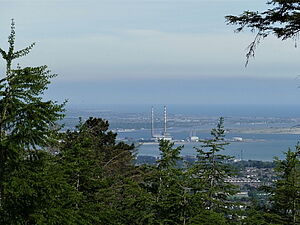
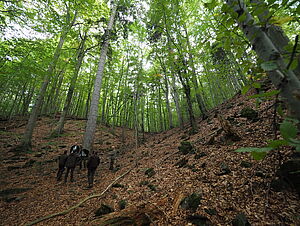
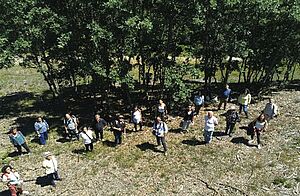
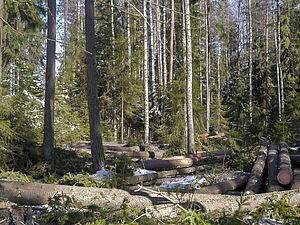
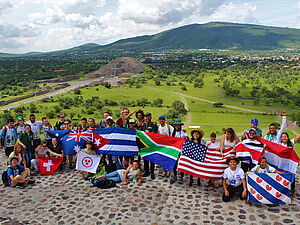
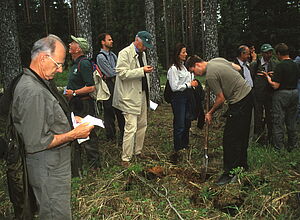

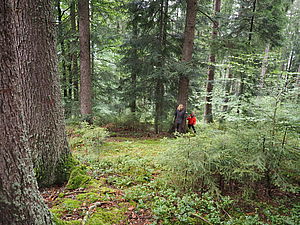
Forestry according to PRO SILVA principles serves biodiversity in general and species diversity in particular.
Together with economic planning, the preservation and maintenance of biodiversity in the forest must be an integral element of the forestry objectives. Conservation of biodiversity must be included and facilitated in mid-range management planning.
One of the most important objectives of PRO SILVA is the preservation and development of all values of the forest, including the value of the forest to society and its intrinsic value. An important part of this value is the full spectrum of life forms and organisms of the forest ecosystem.
These various organisms and life forms are associated with the different development and successional phases of the forest, including old-growth and senescent phases, open areas, standing and flowing water, and others. The totality of all organisms living in a particular forest ecosystem is a reflection of its specific biodiversity, being a part of the overall spectrum of global biodiversity.
Biodiversity includes both higher-order and more primitive plant and animal species, whether or not they have a commercial value or use to society.
The preservation of species diversity as part of global biodiversity, is regarded as a prime function of the forest. This is the case irrespective of any recognisable link with human needs.
As rich as possible the biodiversity imply the settlement of all the ecologic niches. This is the best way to prevent settlement of invasive alien species.
The preservation of species diversity has, in addition to its intrinsic value, considerable relevance to the use of the forest ecosystem by society. Besides the traditional use of timber and many other forest products, one should keep in mind potential products (ecosystem services) which might have a market value in the future.
In addition, it is important to note that the preservation of biodiversity generally results in a reduction of ecological and economic risks.
Foresters can make use of the following approaches as a means of preserving and developing natural biodiversity: